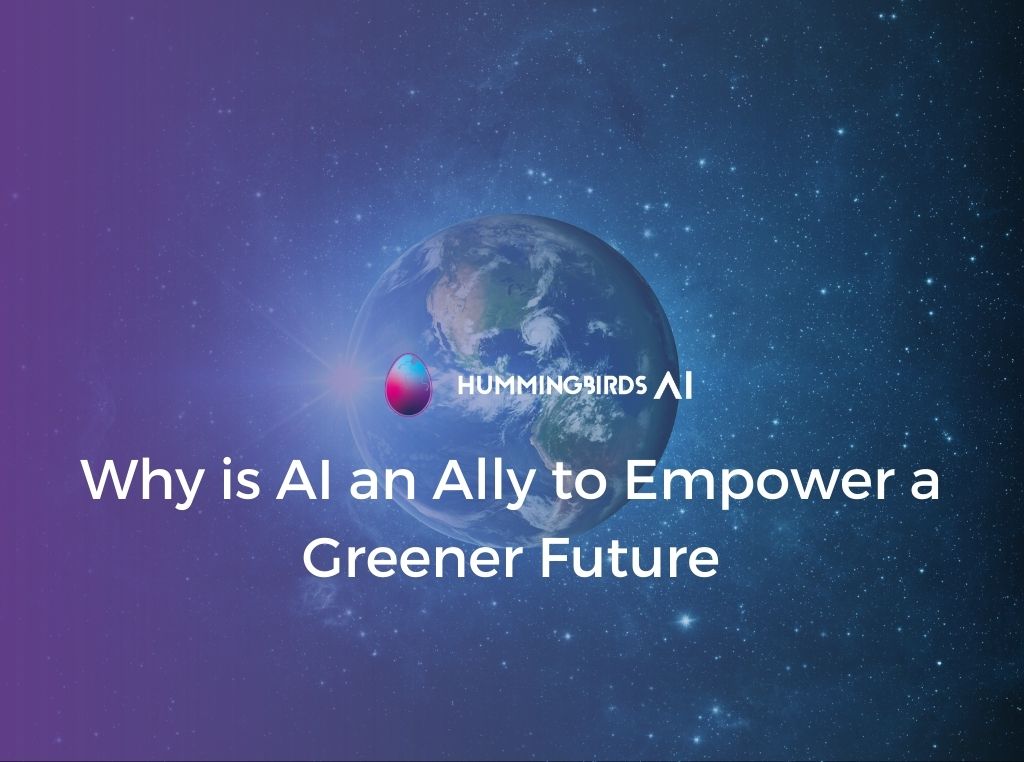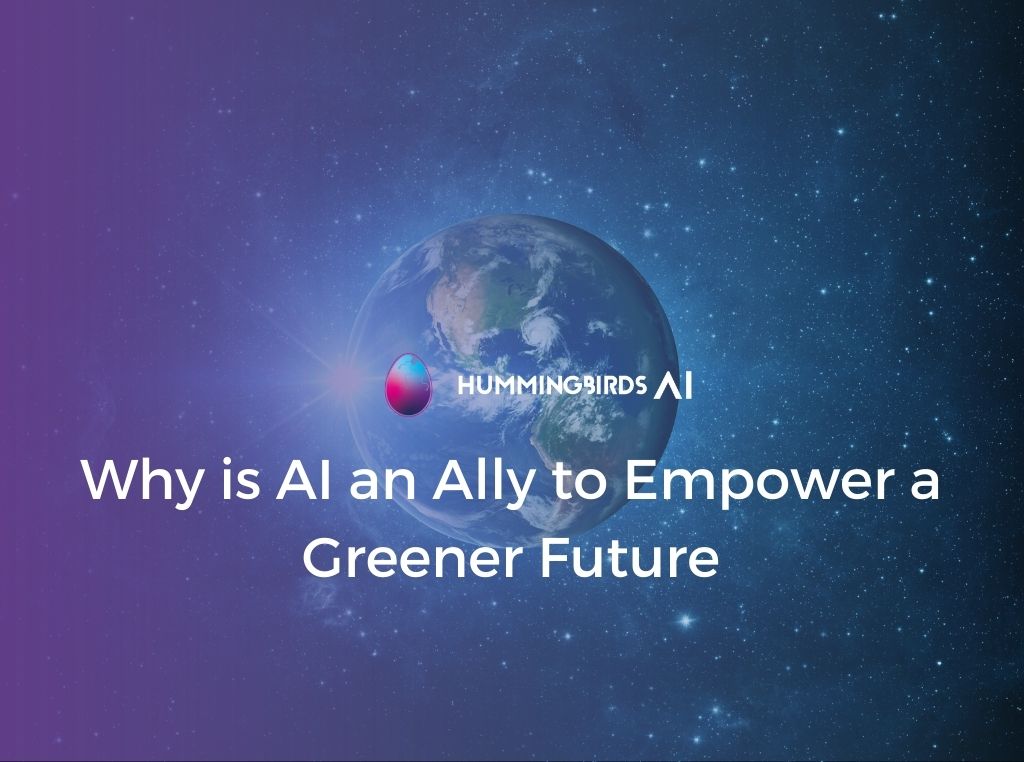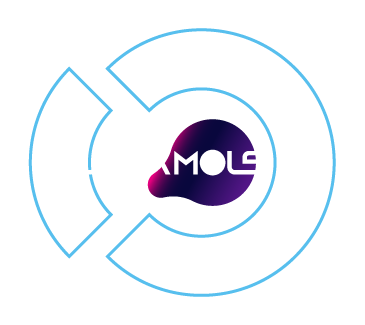Artificial Intelligence already impacts many of our daily activities. When asking Siri for directions or the recommendations on what to watch on Amazon prime or Netflix and even when getting a fraud alert from your bank, all of them are curated based on AI. This Machine Learning technology has an impact and continues to do so in education, healthcare, human resources, marketing, banking among others. But can AI help with sustainability? What about climate change? Can AI technologies really be deployed to help transform the only planet we live on, protecting the environment and biodiversity? Can this technology embrace going green?? The answer is a big YES.
AI shapes our present and will for sure keep doing so in the future. In the words of Andrew Ng, a computer scientist and Coursera co-founder, AI is the new electricity. Ng explains that AI. will transform every industry in the next several years just as electricity transformed everything 100 years ago. “I actually have a hard time thinking of an industry that I don’t think AI will transform in the next several years,” Ng points out.
Without doubt, AI has grown sharply, in scope and application and it is estimated that by 2030, AI will contribute up to 15.7 trillion of the global economy. In addition to that, AI levers globally can in parallel reduce worldwide GHG emissions by up to 4.0% in 2030, an amount of 2.4 Gt CO₂e, equivalent to the 2030 annual emissions of Australia, Canada and Japan combined.
We need to create a safer and conscientious future
In this scenario, environmental sustainability becomes a critical issue and its protection has become a serious consideration across countries. Climate change, rising pollution levels, high carbon emissions are among the battles we are facing and it’s imperative that we take concrete steps in the protection of the planet. Today not only the tech world but the business world are debating about the importance of artificial intelligence for a more sustainable future. We all need to work on transforming industries, markets, and behaviors to change the course of climate change and create a safer and conscientious digital future.
Moreover, although we might think that artificial intelligence is a few years away from showing any real impact, the fact is that this is already happening and we must work on better ways to look after our environment. Therefore AI may be a good ally to enhancing sustainability helping to build a better and greener world for all of us. In this article, we’ll explore how AI may be a game changer for environmental issues.

AI is making the energy industry greener
Renewable energy generation is growing rapidly and this transition to low-carbon energy systems is using AI to predict the demand and supply of energy, improve storage and assist in its efficient use. According to the latest report from a United Nations climate panel, between 3.3 billion and 3.6 billion people – more than 40% of the world’s population – live in places and in situations that are “highly vulnerable to climate change”.
So taking actions over this topic is essential. AI has the potential to reshape the renewable energy industry completely, swapping daily tasks for more sustainable/eco-friendly alternatives that reduce the effect we have on our environment. For example, AI is used to better forecast the short- and long-term energy needs of an area, including prediction of weather conditions to manage fluctuations.
AI and smart cities, from controlling traffic and waste to environmental issues
According to the United Nations Department of Economic and Social Affairs, 55% of the world’s population lives in urban areas. This is expected to rise to 68% by 2050. Apart from that, a study by McKinsey found that technology can lead to improvements in certain key quality of life indicators by 10-30%. That is why some cities are already working on making more sustainable environments for those living there.
By using AI technologies smart cities are able to control traffic, waste and maintenance as well as predicting the energy consumption, pollution risks, and the effects on the environment. For instance, AI is used to monitor and optimize traffic flows in real-time, reducing queuing, and enforce real-time smart pricing for vehicle tolls.
Another improvement AI brings to our daily lives in the city has to do with Identity verification technologies. Biometrical solutions mean a better and improved management of data as well as paperless and energy saving workplaces. Did you ever stop and think how much plastic, paper, ink, and energy is consumed by producing, for example health insurance cards or rewards cards? Or the pollution levels involved in traveling to and back from work? Biometrics not only help reduce environmental footprint but also offer a secure alternative that saves resources but also adds security layers to every action we do online.
Biometrics gives users the possibility to prevent data leaks, protect devices, reduce fraud, streamline employee processes in addition to more efficient customer services that benefits working remotely and offers users efficient protection against threats.
AI for a better and more accurate agriculture
Based on the United Nations’ prediction data on population and hunger, a 60% increase in food productivity will be needed to feed the world’s population. Just in the U.S growing, processing and distributing food is a $1.7 trillion business, according to the U.S. Department of Agriculture’s Economic Research Service. This makes AI an important partner for agricultural services.
AI can help transform production by better monitoring and managing environmental conditions and crop yields. This technology may be an ally in detecting disease in crops, pests and poor nutrition of farms. AI can notice and target weeds and then decide which herbicide should be applied, helping reduce usage of herbicides and cost savings. Also AI robotics can be programmed to carry out agricultural tasks autonomously such as an autonomous tractor picking fruit only when ripe.
A.I can help predict extreme weather conditions in a glance
Reliable forecasts can predict hazardous weather―such as hurricanes, floodings and high winds― 9/10 days before the event occurs. These technology -based forecasts can play a critical role for many industries, including water conservation, energy demand, and disaster preparedness. Accurate predictions and data on extreme weather conditions give communities and essential sectors more time to prepare for and mitigate potential disasters.
AI a good partner for biodiversity conservation
For conservation specialists and biologists, AI becomes an alternative to manually processing huge amounts of data from species. The process of collecting and identifying data on different species and organisms is tiresome and really time consuming. However, algorithms could significantly reduce this time.
On the other hand, experts can make crucial decisions about future biodiversity management by using artificial intelligence to learn from past environmental change. Another clear example has to do with illegal deforestation. According to FAO, between 2015 and 2020, the rate of deforestation was estimated at 10 million hectares per year. The area of primary forest worldwide has decreased by over 80 million hectares since 1990. AI can analyze satellite data, or ground based sensors, to monitor forest conditions in real-time and at scale, providing early warning systems for priority investigation and pattern analysis.
These examples may go on and on. Nowadays there’s a wide variety of machine learning developments based on AI empowering us to better manage the impacts of climate change and protecting the environment.
Artificial intelligence can strongly tackle some of the world’s biggest problems but although it may be of great use it also needs to be supported by the necessary regulatory insight. To ensure these technologies reach their potential and can start helping countries grow their economies, we need governments, educators, technologists and businesses to work together on regulations and laws that keep pace with technology.
We need to work on ensuring an earth friendly AI that can bring real solutions to environmental issues and create a healthier and greener future. So sustainability is possible with AI and fighting climate change too. It’s up to us to create room for the positive innovation that AI can bring with the right regulations and support. Each of us has a role to play, let’s start now.
















